Los datos de alimentos y bebidas (A&B) se consideran una mina de oro en la industria hotelera. Desde el momento en que sus invitados hacen una reserva en línea hasta el momento en que abandonan su restaurante, su sistema POS o una plataforma de reservas avanzada genera datos valiosos de los huéspedes.
En este artículo, aprenderá cómo utilizar los datos de alimentos y bebidas para mejorar la experiencia de los huéspedes y, en última instancia, aumentar los ingresos del hotel. Pero primero, veamos qué son exactamente los datos de alimentos y bebidas y por qué son vitales para su negocio.
¿Qué son los datos de alimentos y bebidas y por qué son importantes?
En la industria hotelera, los datos de alimentos y bebidas se recopilan de las operaciones de alimentos y bebidas de un hotel, como un restaurante o cualquier otra experiencia gastronómica disponible para los huéspedes. Los datos valiosos incluyen información sobre las preferencias de los huéspedes, hábitos de compra, niveles de inventario y necesidades de personal para tomar decisiones estratégicas acertadas y optimizar las operaciones.
Con una plataforma revolucionaria como comer aplicación, los hoteleros y los establecimientos de alimentos y bebidas pueden almacenar automáticamente los datos de los huéspedes cuando realizan una reserva en línea, creando cómodamente perfiles completos de los huéspedes sobre la marcha. Es una excelente manera de fusionar los restaurantes de su hotel o grupo y sus invitados en la digitalización. Los establecimientos de alimentos y bebidas competitivos en este espacio utilizan predominantemente soluciones de análisis para una amplia gama de casos de uso, que incluyen:
- Crear perfiles de invitados enriquecidos
- Formas efectivas de mejorar y agilizar las operaciones
- Optimización de su tasa de rotación de mesa
- Previsión de ventas
- Tendencias de fidelidad de los huéspedes
Ya sea analizando opiniones de huéspedes o calculando cifras de ventas, los datos de alimentos y bebidas pueden proporcionar información valiosa que ayuda a impulsar el crecimiento empresarial. Entonces, ya sea que sea un veterano de la industria que busca mantenerse por delante de la competencia o un nuevo emprendedor que recién comienza en este apasionante campo, comprender los fundamentos de los datos de alimentos y bebidas es la clave del éxito.
Lo que los hoteleros deben saber sobre los datos de alimentos y bebidas
Todos los hoteleros deben tener en cuenta algunas cosas con respecto a los datos de alimentos y bebidas. En primer lugar, es importante realizar un seguimiento de la mayor cantidad de datos posible. Cuanta más información tenga sobre sus operaciones de alimentos y bebidas, mejor podrá tomar decisiones informadas para mejorar esas operaciones.
También es esencial utilizar la tecnología a su favor. Varios programas y aplicaciones de software se integran fácilmente con un sistema POS, lo que facilita el seguimiento y análisis de los datos de alimentos y bebidas. Aprovechando estas herramientas, ahorrarás tiempo y sacarás más provecho de tus datos al centralizar la información de tus huéspedes.
Con una plataforma revolucionaria como esta, también puede crear informes personalizables que detallan métricas clave de rendimiento, como el desglose de las coberturas por hora en su restaurante, los flujos de cobertura, las tendencias de no presentación y el período de mayor actividad; puede obtener información detallada sobre varios aspectos de su negocio, incluida la cantidad de invitados que entran por su puerta, sus listas de espera, sus hábitos de gasto, revisar reservas y más.
Los informes de restaurantes brindan los datos detallados y personalizables que necesita para tomar decisiones inteligentes y mantenerse al tanto del desempeño de su negocio.
Por último, no olvide compartir sus datos de alimentos y bebidas con las partes interesadas pertinentes. Su equipo ejecutivo, por ejemplo, querrá conocer cualquier cambio en las ventas o los costos para poder ajustar el presupuesto en consecuencia. De manera similar, su equipo de marketing necesitará esta información para desarrollar campañas específicas que impulsen las ventas de alimentos y bebidas.
Ahora, volvamos a los datos de alimentos y bebidas y a cómo las empresas pueden utilizarlos para tomar decisiones basadas en datos que conduzcan a mayores ingresos.
Cinco consejos para utilizar datos y análisis para aumentar los ingresos
A continuación se presentan cinco consejos para utilizar datos y análisis para aumentar los ingresos de su hotel.
1. Utilice datos de alimentos y bebidas para comprender mejor a sus huéspedes
Una de las cosas más importantes que puede hacer con los datos de alimentos y bebidas es utilizarlos para comprender a sus huéspedes. ¿Cuáles son sus preferencias gastronómicas? ¿Qué tipos de comida y bebida les gustan? ¿A qué hora del día prefieren cenar? Responder estas preguntas le ayudará a crear una experiencia personalizada que aumentará la satisfacción de los huéspedes y, como resultado, repetirá sus negocios.
Un estudio reciente de una conocida plataforma hotelera mostró que 31% de hoteles con una excelente experiencia de restaurante se consideran mucho más memorables que otros. Si se hace correctamente, las empresas del sector hotelero pueden utilizar los datos de los huéspedes que les ayudarán a funcionar de forma más fluida y eficiente, mientras hacen que la experiencia de sus huéspedes pase de buena a excelente.
Una plataforma de reservas puede ser una herramienta poderosa para los hoteleros que buscan mejorar la experiencia de sus huéspedes. Al administrar sus reservas en un solo lugar, puede liberar tiempo y recursos que podrían invertirse mejor en otros aspectos de su negocio. Además, una plataforma de reservas puede ayudarle a realizar un seguimiento de las preferencias de sus huéspedes y adaptar sus necesidades específicas.
A continuación se ofrecen algunos consejos sobre cómo utilizar una plataforma de datos de huéspedes para mejorar la experiencia de los huéspedes de su hotel:
Cree perfiles de invitados enriquecidos para realizar un seguimiento de las preferencias
Cuando los huéspedes reservan una mesa en el restaurante de su hotel, generalmente crean un perfil con su información de contacto y cualquier solicitud o preferencia especial. Esta información puede resultar extremadamente valiosa para los hoteleros que buscan mejorar la experiencia de sus huéspedes. Al realizar un seguimiento de las preferencias de sus huéspedes, puede asegurarse de que su estadía se personalice según sus requisitos únicos.
Por ejemplo, si un huésped ha indicado que es alérgico a los frutos secos, puede asegurarse de que se le proporcione un plan de alimentación alternativo durante su estancia.
Aproveche los datos para mejorar sus esfuerzos de marketing
Además de ayudarle a gestionar las reservas de su restaurante, una plataforma de reservas también puede proporcionarle datos valiosos que puede utilizar para mejorar sus esfuerzos de marketing. Por ejemplo, al realizar un seguimiento del número de reservas realizadas a través de diferentes canales, puede identificar qué canales de marketing son más eficaces para generar reservas y ajustar su presupuesto en consecuencia. Además, puede optimizar su estrategia de precios para maximizar los ingresos mediante el seguimiento de la duración promedio de la estadía y los ingresos por reserva.
Además, las plataformas de reservas también ofrecen una herramienta CRM integrada que le permitirá enviar correos electrónicos de marketing dirigidos a huéspedes específicos. Con una función de etiquetado única, puede identificar rápidamente a sus VIP y a los que más gastan y enviarles ofertas exclusivas o invitaciones a eventos. Esta también es una excelente manera de lograr que sus invitados más valiosos regresen.
Manténgase organizado con recordatorios automáticos por correo electrónico y SMS
Una de las ventajas de una plataforma de reservas es que puede automatizar muchas tareas tediosas asociadas con la gestión de reservas. Por ejemplo, puedes configurar recordatorios automáticos por correo electrónico y SMS que se enviarán a los huéspedes antes de su llegada. Estos recordatorios ayudarán a garantizar que los huéspedes tengan toda la información que necesitan para su reserva y reducirán la probabilidad de que no se presenten.
Automatizar estas tareas le ayudará a liberar tiempo para centrarse en aspectos más críticos de su negocio, como mejorar la experiencia de los huéspedes.
2. Utilice datos de alimentos y bebidas para optimizar su menú
Otra forma de utilizar los datos de alimentos y bebidas es optimizar su menú. Analizando qué platos se venden bien y cuáles no, podrás decidir qué mantener en tu menú y qué eliminar. También puedes utilizar los datos de F&B para ajustar los precios y crear promociones especiales para platos populares. Recuerde que su objetivo debe ser equilibrar el aumento de los ingresos y el mantenimiento de la rentabilidad.
3. Utilice datos de alimentos y bebidas para mejorar sus operaciones
Además de utilizar los datos de alimentos y bebidas para mejorar su menú, también puede utilizarlos para mejorar las operaciones de su restaurante. Por ejemplo, si descubre que un plato tarda demasiado en prepararse, puede cambiar el flujo de trabajo de su cocina para acelerar el tiempo de preparación. O, si ve que los invitados se van con frecuencia sin pedir postre, puede considerar colocar los postres más cerca de la salida para que sea más probable que pidan uno al salir. Hacer pequeños cambios como estos puede tener un impacto significativo en sus resultados.
4. Comprenda cuándo gastan los invitados
No todos los tiempos son iguales cuando se trata de gastos en alimentos y bebidas. Algunas horas del día (o de la noche) son más ocupadas que otras, y algunos días de la semana son mejores para los negocios que otros. Para aumentar los ingresos de su operación de alimentos y bebidas, es esencial comprender cuándo gastan los huéspedes y ajustar sus ofertas en consecuencia.
Por ejemplo, es posible que desee centrarse en promocionar artículos de mayor margen durante los períodos de menor actividad u ofrecer descuentos durante los períodos de mayor actividad para generar más negocios. Comprender los patrones de gasto de los huéspedes le permitirá tomar decisiones inteligentes que aumentarán sus ingresos.
Como se mencionó anteriormente, con un sistema de reservas avanzado, también puede identificar a los que más gastan o a los VIP mediante la creación de etiquetas personalizadas. Además de utilizar esta función para dirigirse a los clientes leales con material de marketing, puede utilizarla para ayudar a preparar a los miembros de su personal para cuando estos visitantes especiales cenen en su restaurante. Con esta poderosa herramienta, todo el personal de recepción estará preparado para cuando lleguen y continuará brindando una experiencia gastronómica inolvidable.
5. Supervise su competencia
Al estar atento a lo que están haciendo otros hoteles en su área, puede asegurarse de mantenerse a la vanguardia y no quedarse atrás. Utilice datos de su competencia para fijar precios competitivos, ofrecer elementos de menú únicos y más. Después de todo, si sus invitados están interesados en lo que venden, ¡es muy probable que los tuyos también lo estén!
Guía gratuita: Aprenda a triplicar los ingresos de su restaurante (de hotel)
En esta guía de adquisición de clientes de restaurantes, aprenderá cómo aumentar las reservas en línea en múltiples plataformas como Google Business, Facebook e Instagram. De esta forma llegas a una gran audiencia y aumentas el número de reservas.
Haga click aquí para descargar el “Guía de adquisición de clientes de restaurantes”.
Al comprender las preferencias gastronómicas de sus huéspedes, optimizar sus menús y mejorar sus operaciones, los hoteleros y los grupos hoteleros pueden brindar una mejor experiencia y al mismo tiempo aumentar sus ganancias. Entonces, si está buscando formas de aumentar los ingresos de su hotel, no se olvide del poder de los datos de alimentos y bebidas.
Más consejos para hacer crecer su negocio
Revfine.com es la plataforma de conocimiento líder para la industria de la hospitalidad y los viajes. Los profesionales utilizan nuestros conocimientos, estrategias y consejos prácticos para inspirarse, optimizar los ingresos, innovar los procesos y mejorar la experiencia del cliente.Explore el asesoramiento de expertos sobre gestión, marketing, revenue management, operaciones, software y tecnología en nuestro sitio web dedicado. Hotel, Hospitalidad, y Viajes y Turismo categorías.

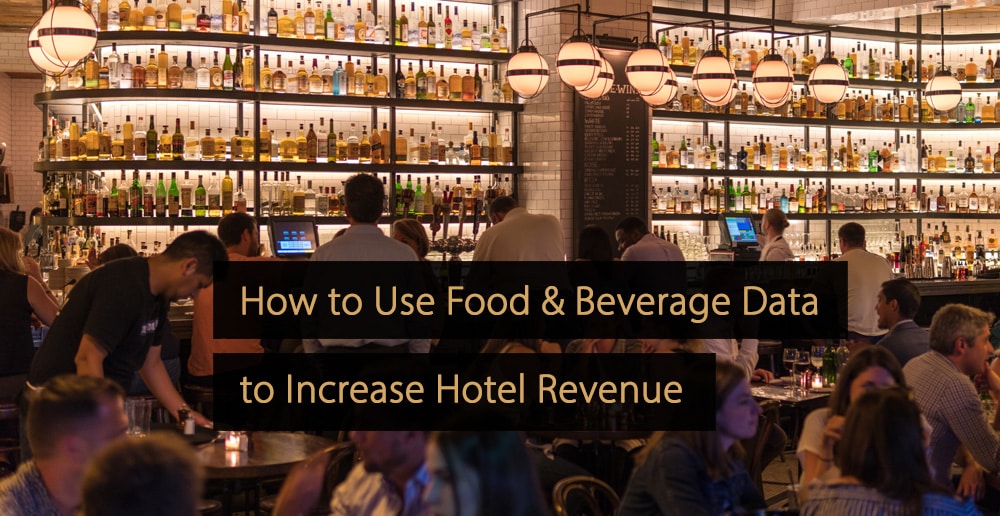
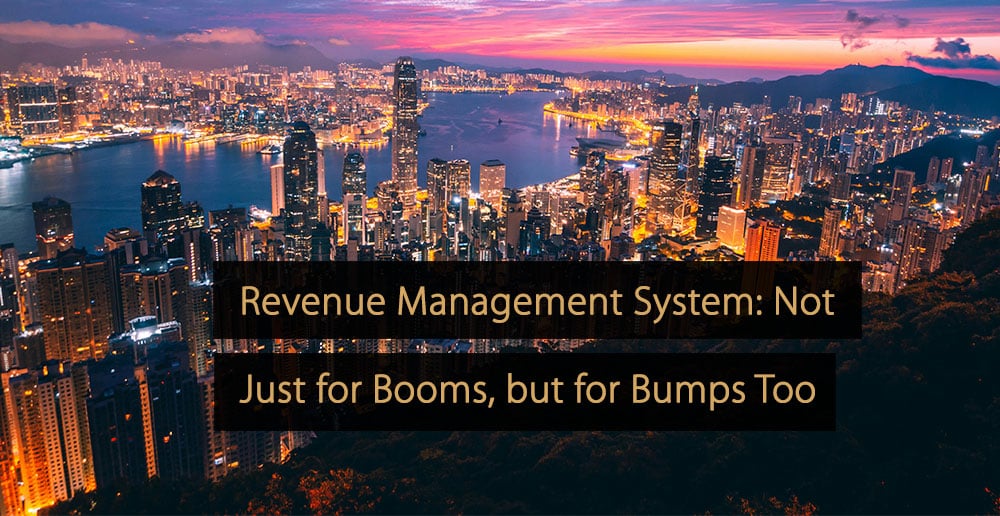
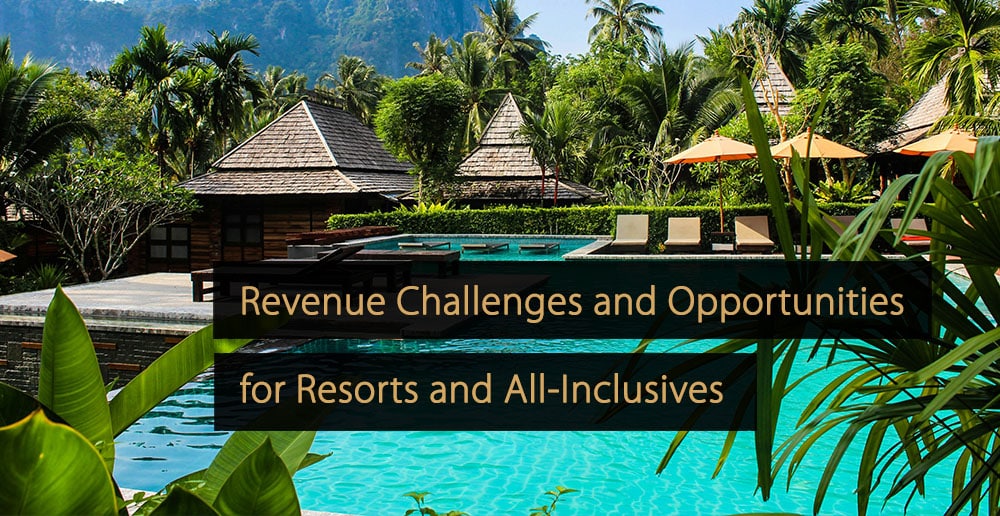

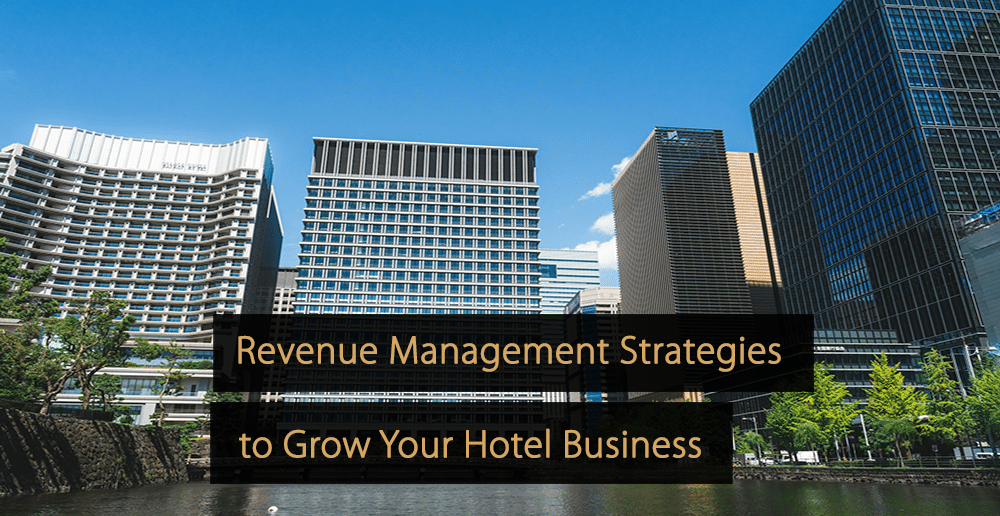
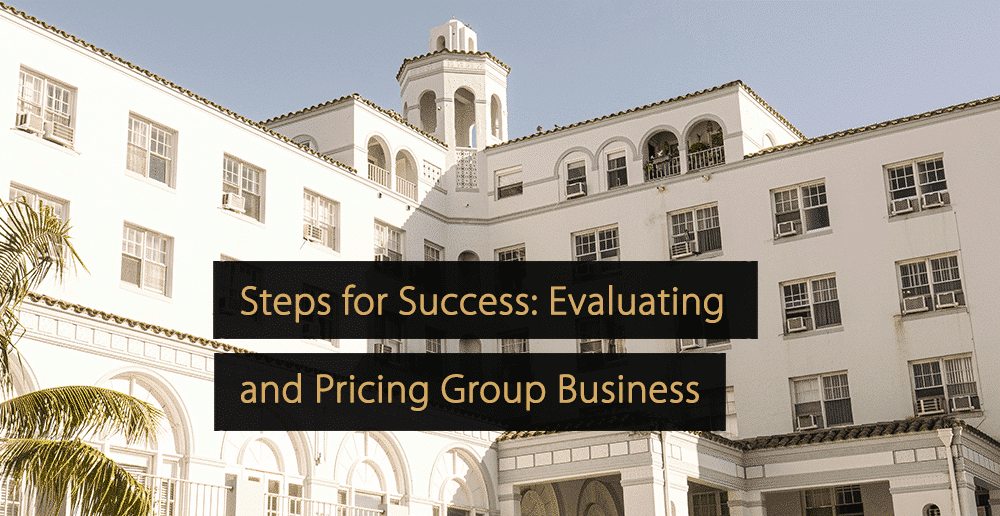
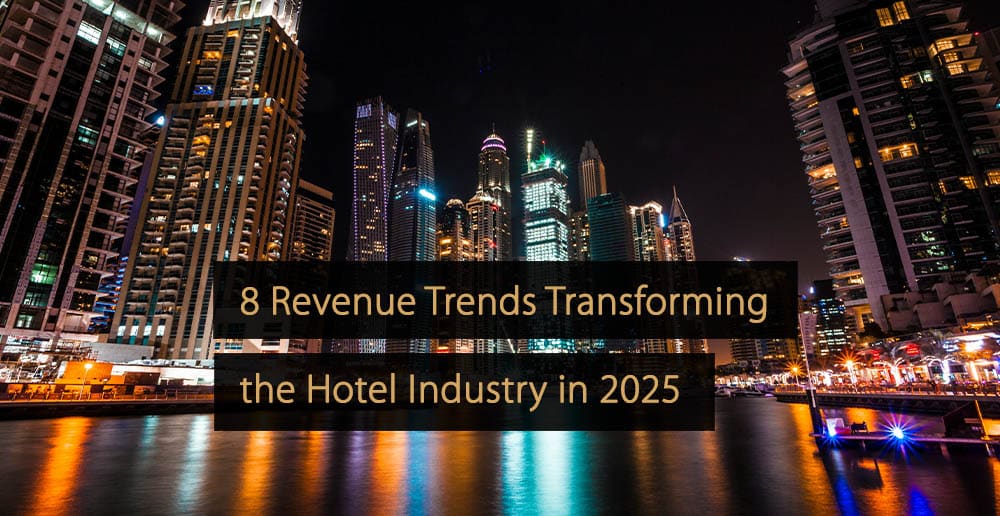
Leave A Comment